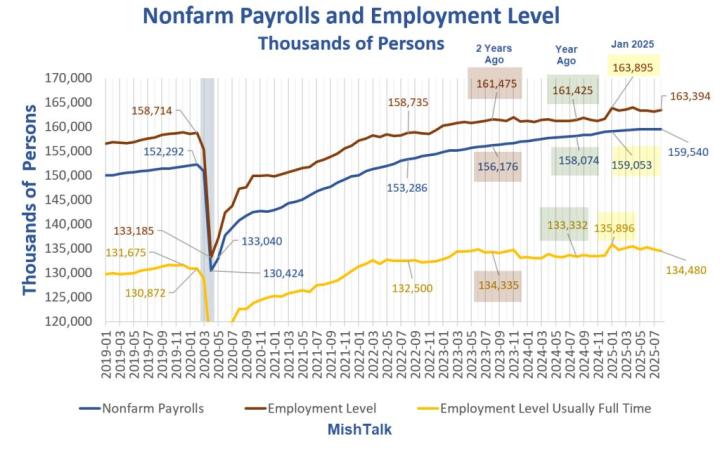
Ethereum is a second-generation blockchain. The cryptocurrency of the same name, Ethereum (ETH), is the base currency used on the Ethereum blockchain. To understand the investment value of ETH, it's important to understand Ethereum's structure.
As of 4:00 PM on the 8th, ETH, the leading altcoin, was trading at $4,294.58, up 0.23% from the previous day, according to CoinMarketCap. Since reaching a high of $4,934 on the 25th of last month, it has declined slightly and is currently trading sideways.
Related articles
- Ethereum breaks through all-time highs, but DeFi total value locked (TVL) remains sluggish.
- Bitcoin falls below $110,000, Ethereum plummets 8% [Decenter Market Report]
- Big players are moving into Bitcoin… Ethereum hits record high
- Ethereum's meteoric rise reaches $4,900 for the first time ever, while Bitcoin faltered. [Decenter Market Report]
━
Ethereum: Blockchain Evolved into a Platform
Ethereum is classified as a second-generation blockchain, following Bitcoin. While the Bitcoin blockchain focused on peer-to-peer (P2P) payments, Ethereum expanded this functionality into a platform. Developers can issue virtual assets using Ethereum's smart contracts and various standards. Aside from Bitcoin, many altcoins were built on Ethereum. As of 4:00 PM on the 8th, according to CoinGecko, the market capitalization of major virtual assets issued on Ethereum was $168.88488 billion for Tether (USDT), $121.75532 billion for Binance Coin (BNB), and $72.59747 billion for USDC.
Smart contracts are a feature first introduced in Ethereum. They are code designed to automatically execute a contract when certain conditions are met. It's similar to how pressing a button on a vending machine dispenses a drink. If condition A is met, result B is automatically executed.
This feature allows for the implementation of various services without intermediaries. For example, if a user borrows a stablecoin using ETH as collateral, the ETH could be automatically liquidated if the loan is not repaid within the due date. This is the backdrop for the flourishing of decentralized finance (DeFi) services on Ethereum.
Just as various apps are built on top of an operating system (OS), blockchains implement various services based on mainnets like Ethereum. Just as mobile apps run on Apple's iOS or Google's Android, decentralized applications (dApps) and DeFi operate on top of blockchains.
━
ETH is the base currency of the Ethereum network
ETH is required to use Ethereum. Every time you use a dApp or transfer tokens, you must pay ETH to record the transaction on the blockchain. This payment is called the "gas fee." For example, issuing NFTs, depositing assets in DeFi services, or transferring Ethereum-based tokens all require ETH. In other words, as the Ethereum blockchain becomes more widely used, the actual demand for ETH also increases. If Bitcoin (BTC) is digital gold, ETH is likened to digital crude oil. Like the fuel that powers the blockchain, it is essential for running apps and processing transactions. Unlike BTC, ETH has an unlimited issuance.
━
TVL, NFTs, and ETFs: Evaluating Ethereum's Utilization
There are various metrics that can be used to assess Ethereum's usability. Etherscan, an Ethereum data provider, provides information on the number of transactions occurring on the Ethereum blockchain, gas fees paid, and more. As of today, the number of Ethereum-based transactions in the past 24 hours has decreased by 5.57% compared to the previous day, reaching 1,339,101.

The DeFi Total Value Locked (TVL) metric is also useful. TVL measures how much liquidity is tied up on a given blockchain. According to DeFirama, a virtual asset data provider, Ethereum's TVL as of today was $91.143 billion. Given that the total DeFi TVL is $153.116 billion, this means that approximately 59.5% is locked up on Ethereum. Stablecoins, a hot topic these days, also have an overwhelming 53.84% of their issuance on Ethereum. The largest number of non-fungible token (NFT) issuances occurred on Ethereum. According to Cryptoslam, a NFT data provider, the total market capitalization of NFTs issued on Ethereum as of today was $81.13126 billion.
Demand for ETH spot can also be seen in exchange-traded fund (ETF) data. There are nine ETH spot ETFs listed in the US. Inflow data for these products can be found on financial information platforms like Farside Investor.
━
US-listed companies are stockpiling ETH as a strategic asset.
It's also encouraging that US listed companies are recently stockpiling ETH as a strategic asset. The Digital Asset Treasury (DAT) strategy, which originated with Bitcoin, is spreading to altcoins. Companies like Bitmine, Emersun Technologies, and Idzilla are actively purchasing ETH.
The ability to increase ETH holdings through staking is also an attractive feature for businesses. Staking involves depositing a certain amount of ETH into the Ethereum network and receiving rewards in return. In exchange for contributing to blockchain operations, participants receive ETH as a reward. This creates a multi-purpose tool that allows them to capitalize on price increases and generate additional profits.
Tom Lee, CEO of Bitmine, predicted, "Wall Street's entry into crypto infrastructure represents a 1971-like opportunity for Ethereum. A massive shift in assets will occur on the blockchain, and ETH will be a key beneficiary." In 1971, when President Richard Nixon announced a 90-day wage and price freeze, the New York Stock Exchange set new records for both daily trading volume and price growth.
However, competition is intensifying with the emergence of various mainnets considered rivals to Ethereum. In particular, global companies have recently launched blockchains specialized for stablecoins, challenging Ethereum's position.

- Reporter Do Ye-ri
< Copyright ⓒ Decenter. Unauthorized reproduction and redistribution prohibited >







